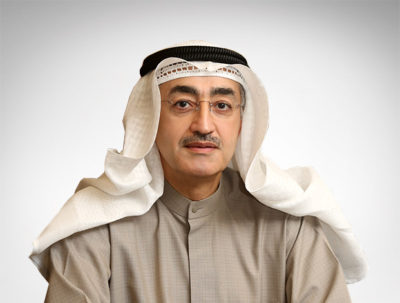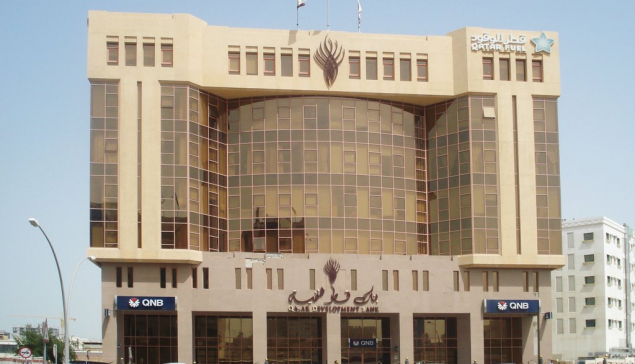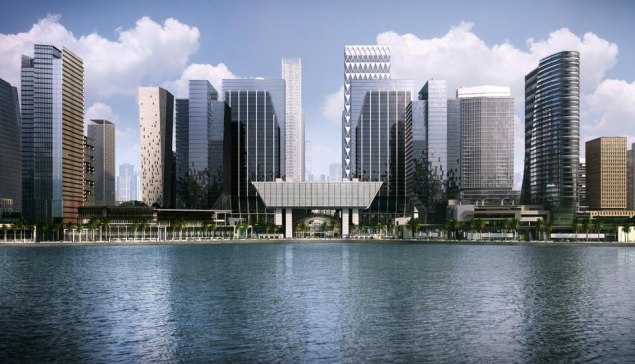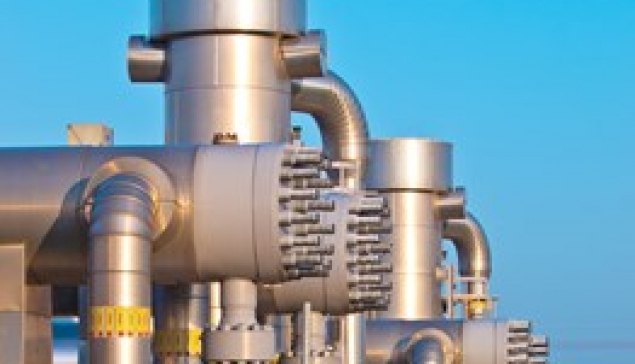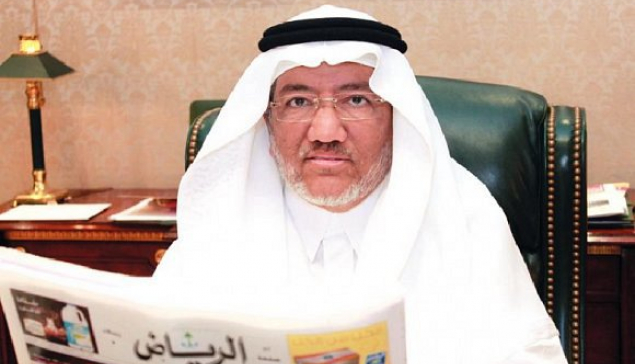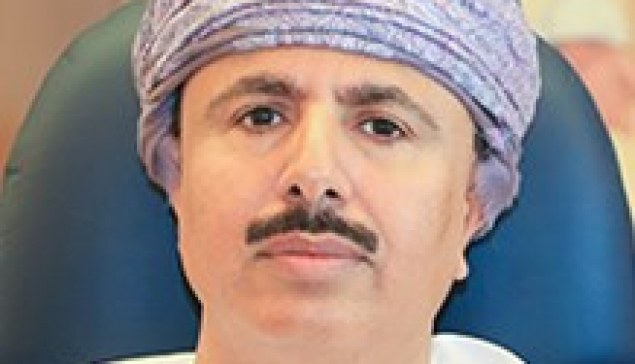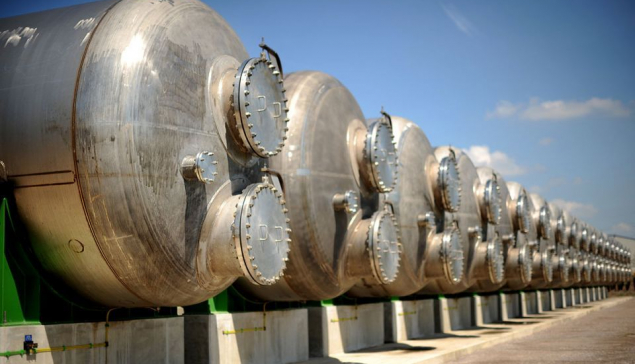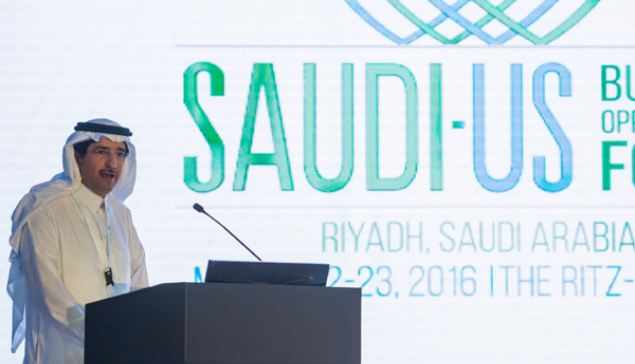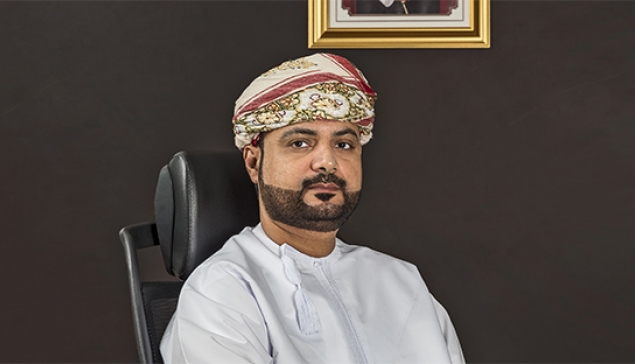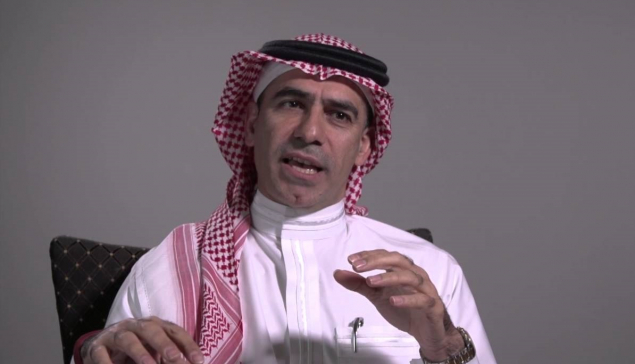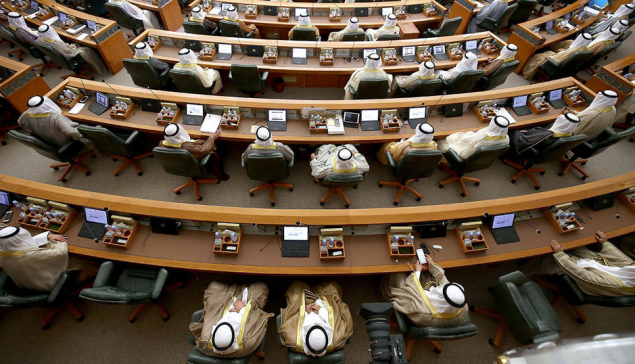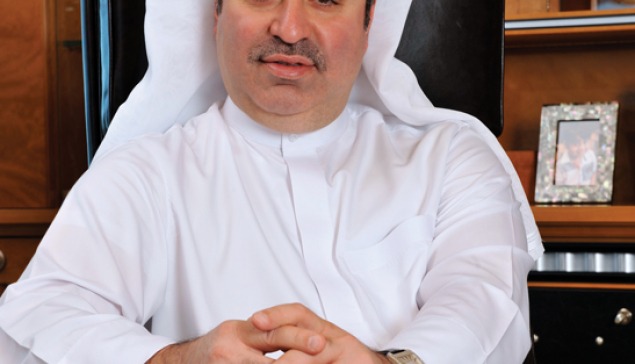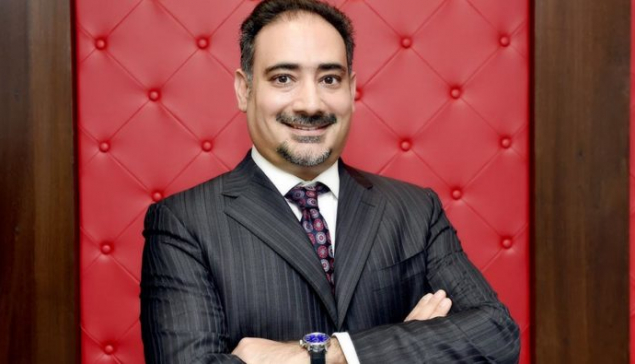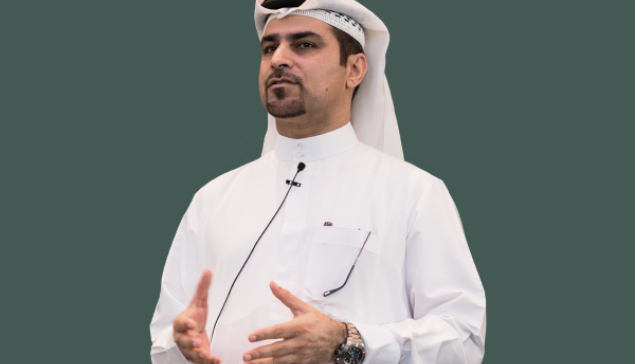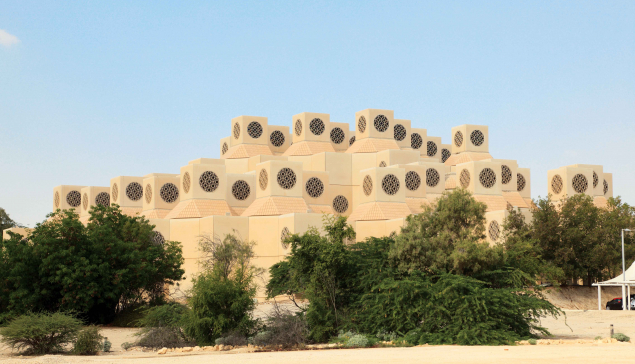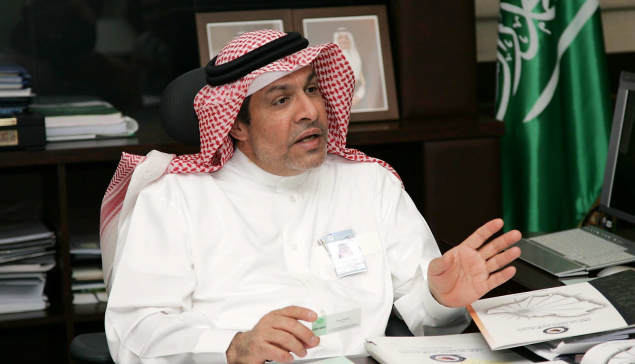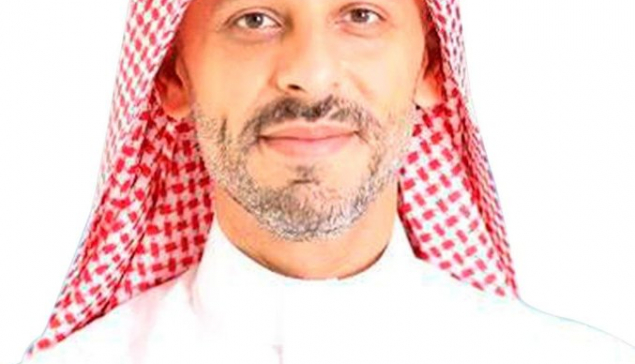What have been the main achievements and developments at KOC since your appointment as CEO in January 2016?
The company performed well in 2016. We reached a record production of 3,078 thousand barrels of oil per day (MBOPD) and gas production of about 1,900 million standard cubic feet of gas (MMSCFD). In addition, several projects, which are critical to delivering KOC's strategic production capacity target of 3,650MBOPD by 2020, have progressed well. These projects include four production units—three of them for Jurassic oil production and one for heavy oil production, which together will deliver around 135MBOPD, three gathering centers in North Kuwait with total capacity of 300MBOPD, and a major heavy oil production facility to produce 60MBOPD. In August 2016, KOC reduced the gas-flaring rate of its operations to a record 0.8% of its produced gas, thereby maximizing the revenue from gas production and improving the quality of the environment. Also on the environmental front, last April we inaugurated the Ahmadi Oasis, a new addition to the several oases KOC has constructed in its operation areas to restore and improve the environment. In response to His Highness the Amir Sabah Al-Ahmad Al-Sabah's direction to develop alternative energy sources, we have established our first solar power plant in West Kuwait to cover some of the power requirements in the operations and oil production fields.
The KOC's mandate primarily encompasses the exploration, drilling, and production of oil and gas in Kuwait. What are the major projects that your company is currently involved in?
Several major projects are ongoing toward realizing our strategic goals in all the fields. In the exploration field, KOC currently handles five projects, which are in the execution stage, with an approximate cost of KWD259.8 million. These are the 2D/3D seismic surveys in Kuwait Bay, North Kuwait, and Southeast Kuwait, and two other projects related to 3D seismic surveys for Boubyan Island and West Kuwait. When it comes to drilling, KOC handles around 100 drilling projects with different drilling types, including the construction of flowlines and artificial lift, with an approximate cost of KWD5.5 billion. Work on an effluent water treatment and injection plant and a new booster station in West Kuwait is also in progress. Other major projects in the contracting stage are a Jurassic gas facility in North Kuwait, a new gathering center-32 in SEK, and a gas sweetening facility in West Kuwait.
What is your strategy for future innovation within KOC?
Our strategy outlines an ambitious growth agenda with technology as a critical enabler. Considering the challenges that we face in Kuwait, we look at several key technologies with high potential for our operations. We are considering the options of using nano-chemicals for enhanced oil recovery, which could lead to increased production with limited material use. Options for using nano-materials for corrosion control and drilling fluids are also being explored. Water conformance technologies that enable the potential use of smart fluids to prevent or reduce water production from our reservoirs are also being looked into. The use of non-thermal processes for heavy oil productions, new effective inhibitors to prevent asphalting, and also a new class of superior chemicals known as surfactants are also being explored. Currently we are working to establish an upstream R&D center that will help us build capabilities within the Kuwaiti oil sector and develop the critical technologies needed to advance our operations.
With global volatility in the oil price in recent years, what do you consider to be the main challenges for attaining KPC's volume objective of 4 million barrels of oil per day (MMBOPD) in 2020?
KPC has set a challenging strategic direction for Kuwait's domestic upstream, which is a production capacity of 4MMBOPD by 2020, of which KOC's share is 3.65MMBOPD. To achieve this target, KOC has been implementing a comprehensive roadmap, where we outline how to overcome the challenges ahead. First, we will master secondary recovery techniques and conduct an aggressive exploration program to add additional new oil and gas production capacities. We will also enhance the current production capacity by applying production optimization techniques and by piloting and implementing newer technologies to meet our strategic target. In addition to the sub-surface optimization initiatives, we are conducting several de-bottlenecking projects in several production facilities to increase crude handling capacities. Another ambition is to develop Kuwait's large heavy oil reserves, which is a new activity for KOC. Developing the Jurassic reserves in North Kuwait to increase the production of non-associated gas in Kuwait is also on our agenda. These reserves are considered to be the most difficult to handle due to their extreme depth, high temperature, pressure, and fractured nature. To overcome these challenges, we will implement several technical initiatives to improve and enhance its performance, such as multilateral and horizontal drilling as well as applying smart field concepts for better decision-making.
In December 2016, OPEC agreed upon a cap on conveying capacity for the first time in eight years, implying a production cut of 133,000MBOPD for Kuwait. How do you assess the long-term impact of this agreement on Kuwait's national oil production?
We are always in support of measures to ensure stability in the oil market and to achieve a fair price for producers and consumers. The OPEC decision was an in-principle agreement and the finer details will be discussed at a later stage. KOC is a strategy-driven company, and we are moving ahead with implementing our strategy to meet 3,650MBOPD by 2020 in order to meet our obligations to the state of Kuwait. In response to the low oil price, currently, KOC is implementing several measures to optimize its spending. However, the cut in spending is neither at the expense of the oil and gas operations, nor at the expense of the capital projects that are critical to increase production capacity and also shall not compromise HSSE standards.
What are your expectations for the coming year?
Although it looks challenging, we are looking forward to the coming year. KOC is working to increase its capacity beyond its midterm target of a production capacity of 3,150MBOPD. The production of non-associated gas is expected to reach approximately 500 million standard cubic feet per day (SCFD). These milestones will be achieved with the commissioning of three Jurassic production facilities and one heavy oil production unit.
- Super User
- Manufactoring
- Hits: 5890
